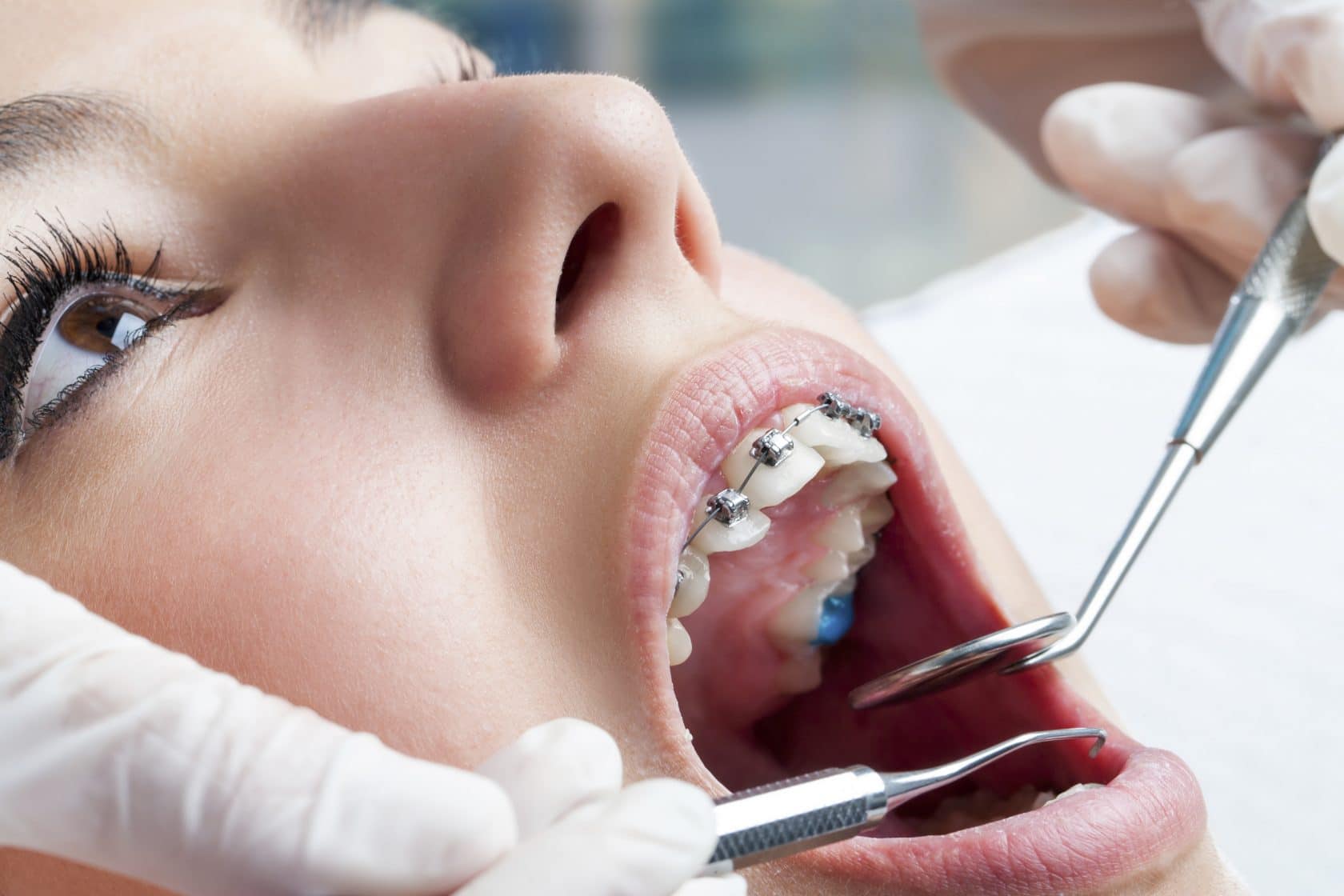How Cumming Orthodontics Can Change Your Smile with Invisalign and Braces
How Cumming Orthodontics Can Change Your Smile with Invisalign and Braces
Blog Article
Comprehensive Overview to Orthodontics Procedures for Dealing With Dental Imbalances
Recognizing the ins and outs of each treatment, including their mechanisms, benefits, and potential drawbacks, is important in making notified decisions concerning one's orthodontic therapy. As we browse via the thorough overview to orthodontic treatments for correcting dental misalignments, the intricate details of each method will certainly unfold, shedding light on the path towards a unified and useful dental positioning.
Orthodontic Procedures Introduction

In addition to traditional dental braces and clear aligners, orthodontists may additionally suggest other treatments like headgear, palatal expanders, or retainers to resolve certain positioning issues (orthodontics). These treatments are tailored per client's special requirements and might involve a mix of treatments to attain the desired outcomes. Routine changes and tracking are essential components of orthodontic treatment to guarantee progression gets on track and to make any required adjustments along the road. By undertaking orthodontic procedures, clients can not only attain a straighter grin but likewise boost their overall oral wellness and function.
Conventional Dental Braces: Exactly How They Function
When considering orthodontic treatments for dental imbalances, standard braces stand apart as a time-tested method for dealing with teeth placing. Typical braces contain brackets, wires, and bands that interact to apply continual stress on the teeth, slowly moving them right into the preferred alignment. The braces are attached to the teeth using an unique adhesive, and the wires are threaded via the braces. By adjusting the stress of the cables, orthodontists can control the direction and pressure related to each tooth, leading them into correct positioning over time.
One key facet of exactly how typical braces job is the procedure of bone renovation. As pressure is related to the teeth with the dental braces, the bone surrounding the teeth is reshaped to sustain the brand-new tooth positions. This makeover is vital for the lasting stability of the remedied placement. Patients will require routine changes at the orthodontist's office to make sure the dental braces remain to apply the appropriate pressure for reliable teeth activity.
Unseen Aligners: Advantages And Disadvantages
Invisible aligners offer a discreet and practical alternative to conventional dental braces for fixing dental misalignments. These clear, tailor-made trays are essentially undetectable when put on, making them an appealing option for people seeking a much more visually pleasing orthodontic therapy. One of the main benefits of unnoticeable aligners is their removability, enabling for much easier upkeep of dental hygiene contrasted to standard braces. Patients can get rid of the aligners prior to consuming or brushing their teeth, lowering the danger of food getting stuck in the home appliance and simplifying the cleaning process.

Surgical Orthodontic Options
Surgical treatments in orthodontics existing sensible alternatives for dealing with intricate oral misalignments that might not be effectively fixed via conventional orthodontic therapies. While traditional dental braces and unseen aligners can correct lots of orthodontic problems, certain cases need medical treatment to attain optimal results. Surgical orthodontic choices are generally advised for serious malocclusions, significant jaw inconsistencies, and instances where the underlying bone framework requires adjustment to accomplish appropriate alignment.
One common surgical orthodontic procedure is orthognathic surgical procedure, which involves rearranging the jaws to remedy practical issues such as problem speaking or chewing. This surgical treatment is usually done in cooperation with an orthodontist that helps line up the teeth prior to and after the procedure. Surgical orthodontics might also involve treatments to expose influenced teeth, eliminate excess gum tissue, or reshape the where's the closest dentist jawbone to develop an extra harmonious facial profile.
Before thinking about surgical orthodontic alternatives, individuals undergo a comprehensive evaluation to establish the need and possible benefits of such treatments. cumming invisalign. While surgical procedure might seem difficult, it can substantially enhance both the feature and looks of the smile in cases where traditional orthodontic therapies fail
Retainers and Post-Treatment Treatment

Failing to comply with post-treatment care guidelines can result in regression, where the teeth slowly relocate back towards their initial placements. Consistent retainer wear, good dental health, and routine oral exams are necessary for More Help keeping the results attained via orthodontic surgical procedure and making certain the lasting security of the remedied dental positioning.
Verdict
In verdict, orthodontic procedures offer numerous choices for dealing with dental misalignments. Surgical orthodontic alternatives are offered for more severe misalignments. In general, orthodontic treatments can properly improve oral wellness and visual appearance.
As we browse via the thorough guide to orthodontic procedures for correcting oral imbalances, the elaborate details of each technique will unfold, dropping light on the path toward a practical and unified oral alignment. - braces
One of the most typical orthodontic therapies is the use of braces, which consist of steel braces and cords that use gentle pressure to progressively move teeth right into the desired placement.When considering orthodontic therapies for oral imbalances, typical braces stand out as a time-tested approach for fixing teeth placing. In addition, unseen aligners may not be suitable for complex orthodontic concerns that need more substantial teeth movement, as they are typically suggested for go mild to modest situations. Retainers are tailor-made orthodontic gadgets made to hold teeth in their dealt with positions after the completion of orthodontic treatment.
Report this page